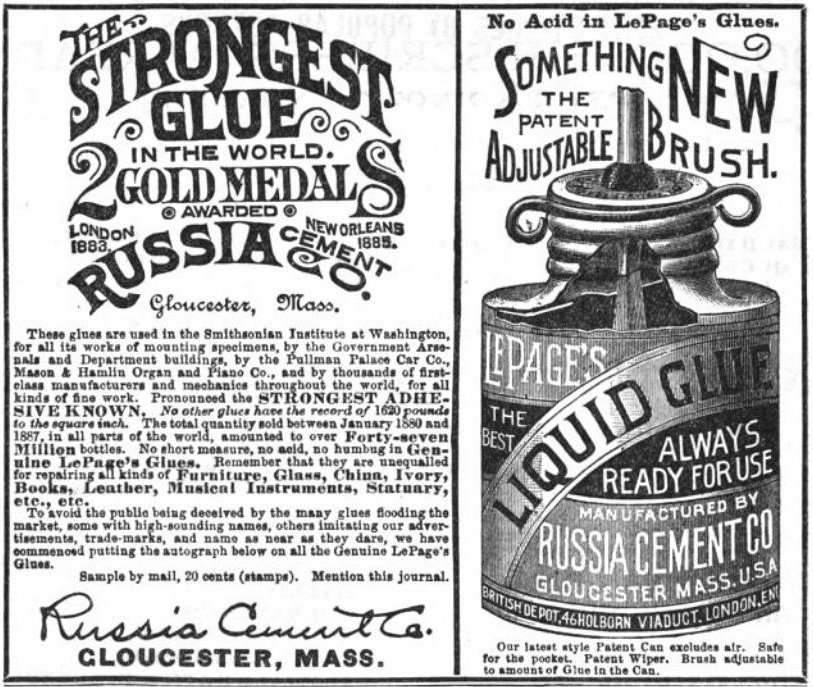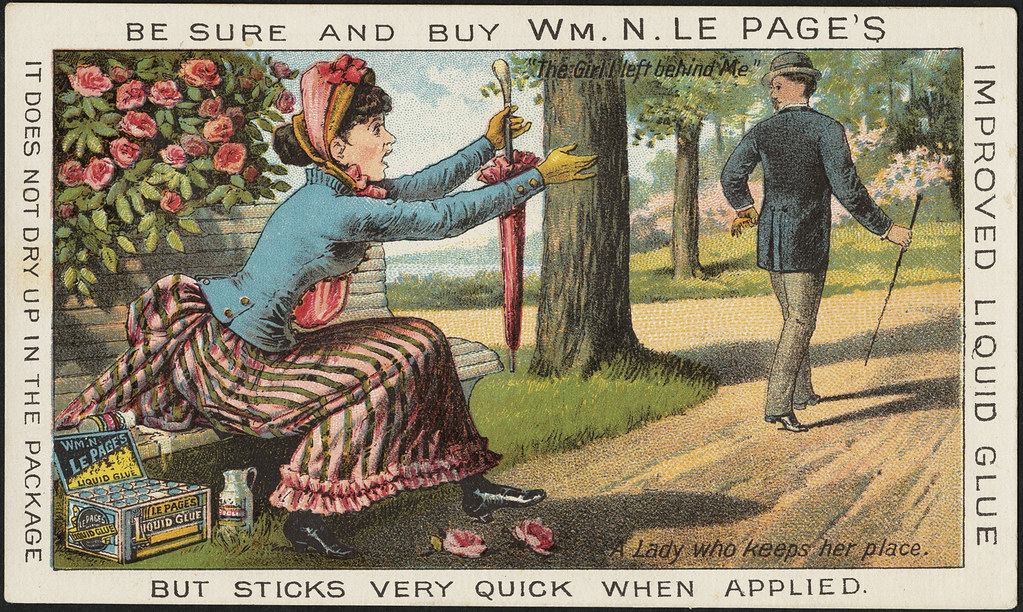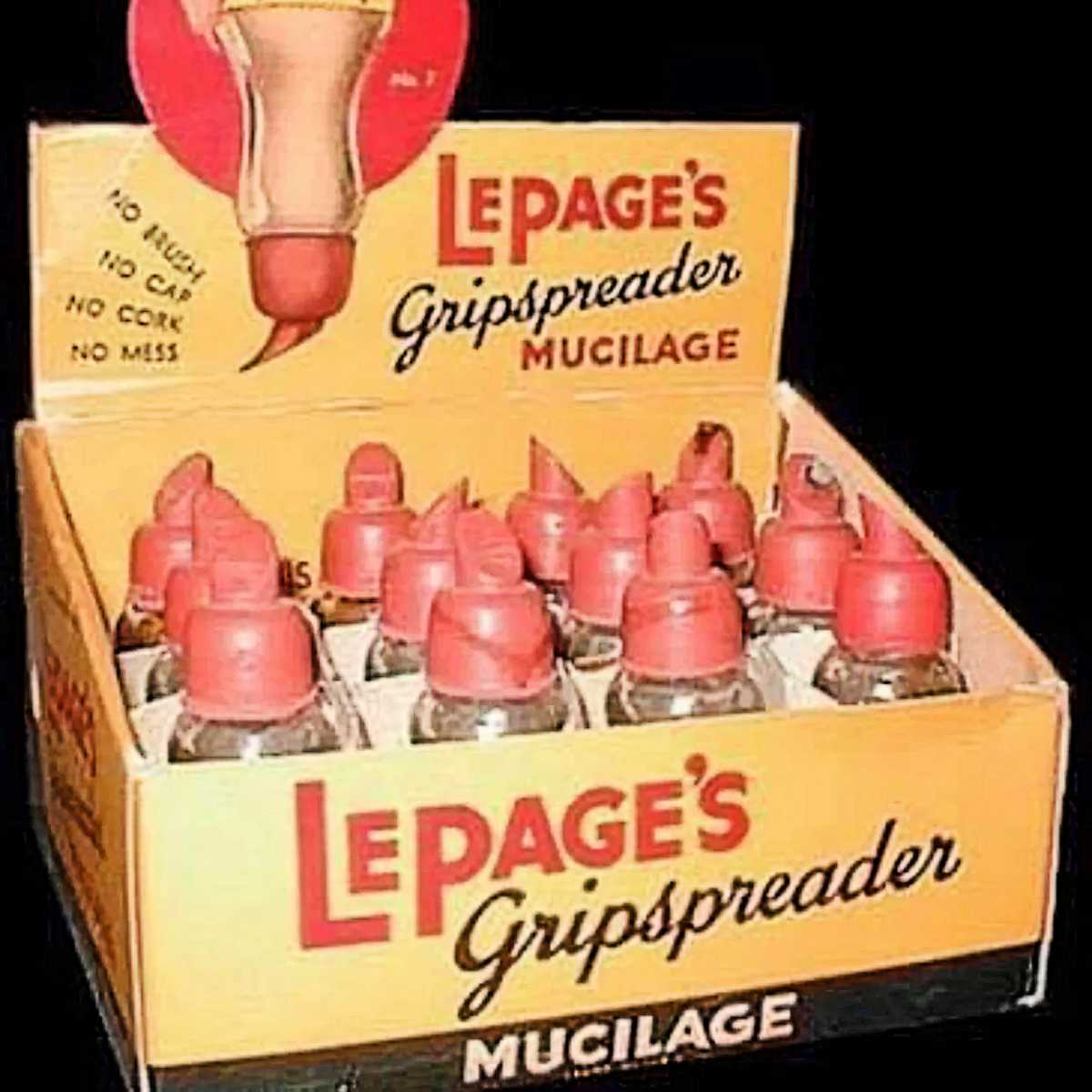Have you ever wondered about the origins of the trusty adhesive known as Lepage Glue?
Well, get ready to dive into the fascinating history of this household staple. Lepage Glue, invented by William Nelson Lepage in 1876, revolutionized the world of adhesives with its strong and reliable bonding properties.
Initially known as Lepage Mucilage Glue, this adhesive quickly gained popularity due to its effectiveness in various applications. However, as time went on, the demand for Lepage Mucilage Glue declined, leading to a change in ownership and ultimately a rebranding of the product.
Today, Lepage’s Glue is owned by Henkel Corporation, a global leader in adhesive technologies.
So, if you’ve ever wondered about the story behind the adhesive that holds things together, join us as we uncover the rich history of Lepage Glue and its journey from invention to present-day ownership.
Who Invented Lepage Glue
So, you’re curious about who invented LePage glue, huh? Well, let me tell you, it was none other than William Nelson LePage himself!
Born in Prince Edward Island in 1849, LePage’s family moved to Massachusetts when he was still a young boy. There, he pursued a career as a chemist and in the 1870s, he made a groundbreaking discovery. LePage invented an industrial glue made from fish skins that was ready-to-use, incredibly strong, and had a long shelf life – qualities that were quite rare for an adhesive during that time.
LePage’s invention of this innovative glue paved the way for the establishment of the LePage company. Not only did he introduce a home version of fish glue, but he also developed a range of new products under the LePage brand, including inks, lubricants, and the well-known mucilage that was widely sold throughout Canada. LePage’s glue and mucilage became successful products, bearing his name.
In addition to his remarkable inventions, LePage was also a trailblazer in marketing. He recognized the power of advertising and invested a fortune in advertising campaigns for his products. In fact, his advertising strategies were considered progressive and included early advertising images. LePage’s success as a national advertiser inspired other manufacturers to use advertising as a means of marketing their own products.
So, thanks to William Nelson LePage and his ingenuity, we have LePage glue – a product that revolutionized the adhesive industry and continues to be widely used today.

What is Lepage Glue?
Mucilage glue, which used to be made by the LePage Company, is a reliable and non-toxic adhesive derived from plant sources. It contains natural sugars such as arabinose, glucose, and galactose, making it a safe option for bonding paper items in classrooms and homes. Mucilage glue has been widely used by schoolchildren and in postage stamps and envelope flaps due to its easy application and clear drying properties. Unfortunately, LePage has decided to discontinue the production of mucilage glue, which has disappointed educators and parents who have relied on this adhesive for their paper-based projects.
Mucilage glue stands out as a sustainable and safe option for various applications. It is made from a mixture of three sugars obtained from plant seeds such as guar bean, fleaseed, locust bean, and tamarind seed, as well as from seaweed species like agar agar and carrageenan. This eco-friendly sourcing of ingredients makes mucilage glue a desirable choice for those concerned about the environmental impact of adhesives. Additionally, mucilage glue’s adhesion strength ranges from 0.04 to 0.31 N/mm2, making it suitable for providing a moderate to strong bond depending on the application.
Although mucilage glue may no longer be readily available since LePage discontinued its production, its legacy as a safe and effective adhesive will continue. Alternative options such as Elmers School Glue are available, but mucilage glue’s unique properties and historical use still leave a void in the adhesive market. DIY recipes for making mucilage glue at home using gum arabic powder and water can be found online, providing an opportunity for individuals to recreate this adhesive. Despite its decreased accessibility, mucilage glue remains a natural and non-toxic adhesive with a century-long history of use.
Today, LePage continues to market a full range of glue products in Canada.
What Happened to Lepage Mucilage Glue?
When you step into a classroom today, you’ll find that mucilage glue has been replaced by white PVA glue for all your crafting and sticking needs. This shift in glue preference can be traced back to the mid-1990s when Lepage, the company known for producing mucilage glue, decided to stop its production.
Mucilage glue, also known as fish skin glue, had been a staple in classrooms for many years before the introduction of PVA glue. So, what happened to mucilage glue? The decline in its popularity can be attributed to the emergence of white PVA glue.
Polyvinyl acetate (PVA) glue, commonly known as white glue, offered several advantages over mucilage glue. PVA glue is easier to use, dries faster, and provides a stronger bond. Its versatility and reliability made it the preferred choice for crafters and students alike.
As a result, mucilage glue gradually disappeared from classrooms, being replaced by the more efficient and effective white PVA glue. While you may still be able to find mucilage glue from specialty vendors, it is no longer the go-to option for sticking and crafting.
The history of Lepage glue is an interesting one, with mucilage playing a significant role before being overshadowed by the advancements in adhesive technology.

Who owns Lepage’s Today?
Today, Lepage’s is still owned by Henkel Canada, the Germany-based parent company. Lepage’s has a long and storied history in the adhesive industry.
Founded in Canada, Lepage Glue has been a trusted name in adhesives since its inception. Over the years, it has become synonymous with quality and reliability.
Lepage’s history dates back to its founding in the early 20th century. It quickly gained a reputation for producing high-quality glue products that were used in various industries. Its flagship product, Lepage Mucilage Glue, became a household name and was widely recognized for its strong bonding capabilities.
In 1995, Lepage’s was acquired by Henkel Canada, a subsidiary of the Germany-based Henkel. The acquisition allowed Lepage’s to expand its reach and tap into Henkel’s extensive resources and global network. This strategic move ensured the continued success and growth of the brand.
Today, Lepage’s remains under the ownership of Henkel Canada. With their commitment to innovation and quality, Henkel continues to invest in and develop the Lepage’s brand. As a result, Lepage’s continues to be a trusted name in the adhesive industry, offering a wide range of adhesive solutions for various applications.
Conclusion
In conclusion, Lepage Glue has a rich history that dates back to its invention by Harry LePage in the 1930s. This iconic glue has become a household name, known for its strong adhesive properties and versatility.
Over the years, Lepage Glue has evolved and undergone various changes, including the discontinuation of Lepage Mucilage Glue.
Today, Lepage’s brand is owned by Henkel Corporation, a global leader in adhesive technologies. Through its continued innovation and commitment to quality, Lepage Glue remains a trusted choice for all your bonding needs.


Hi. Let’s go back a few years , 1954 to1962. I recall some classmates eating (small tastes) of mucilage ‘ rite from the jug’ We all said YUK, but it didn’t hurt them,and I don,t remember finding out why not, or if we really cared – Ah the good ol’ days ! Thanks.
Thanks for the history. I enjoyed it, and you made a potentially sticky subject very smooth. Thanks for the effort and expertise